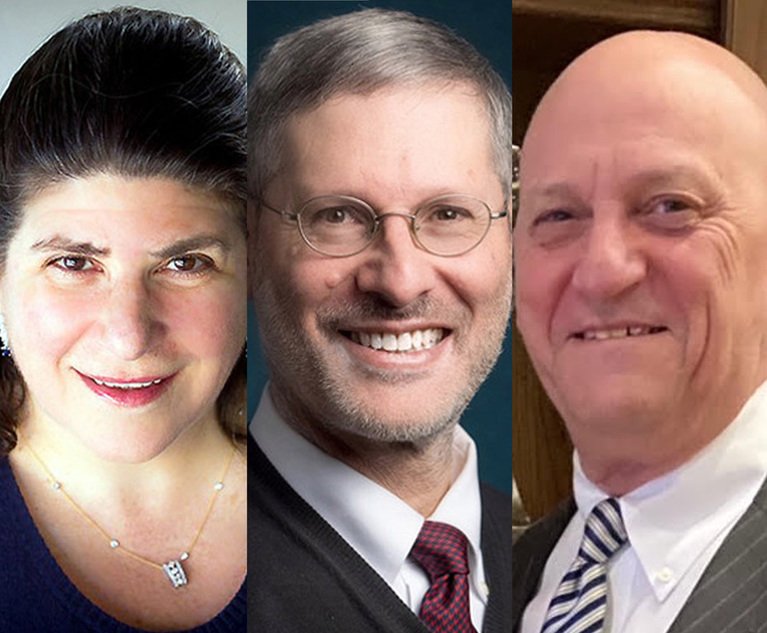Secondary considerations can be a powerful tool for a patent owner with a patent that is challenged as invalid. Particularly, evidence of secondary considerations is useful for rebutting a challenger’s argument that a patented invention is an obvious advancement over the technical art that came before it.
Some examples of second consideration evidence include the following:
- Commercial success – evidence that the invention experienced high sales or other forms of commercial success;
- Long felt but unresolved needs – evidence that the invention solved a problem that went unsolved for a relatively long time;
- Failure of others – evidence that others in the field tried and failed to develop a similar invention or other solution to the problem solved by the invention;
- Skepticism – evidence that persons in the field were skeptical that the invention would perform well or solve the problem at hand;
- Praise by others – evidence that others in the field praised the performance of the invention or features of the invention;
- Teaching away by others – evidence that others taught not to use the invention; and
- Copying and commercial acquiescence – evidence that competitors copied the invention, or that the invention was widely adopted in the industry.






